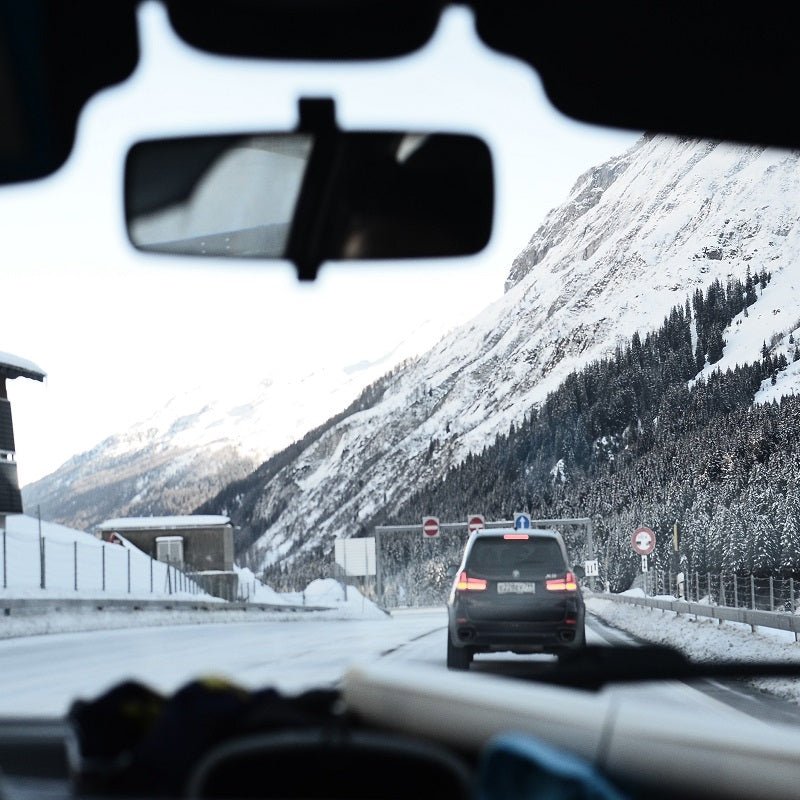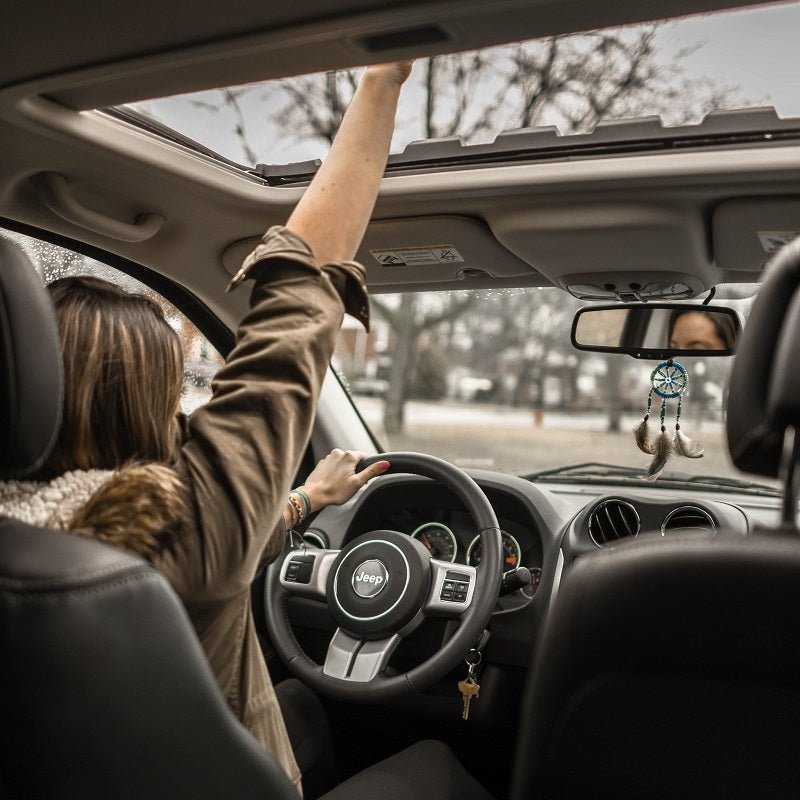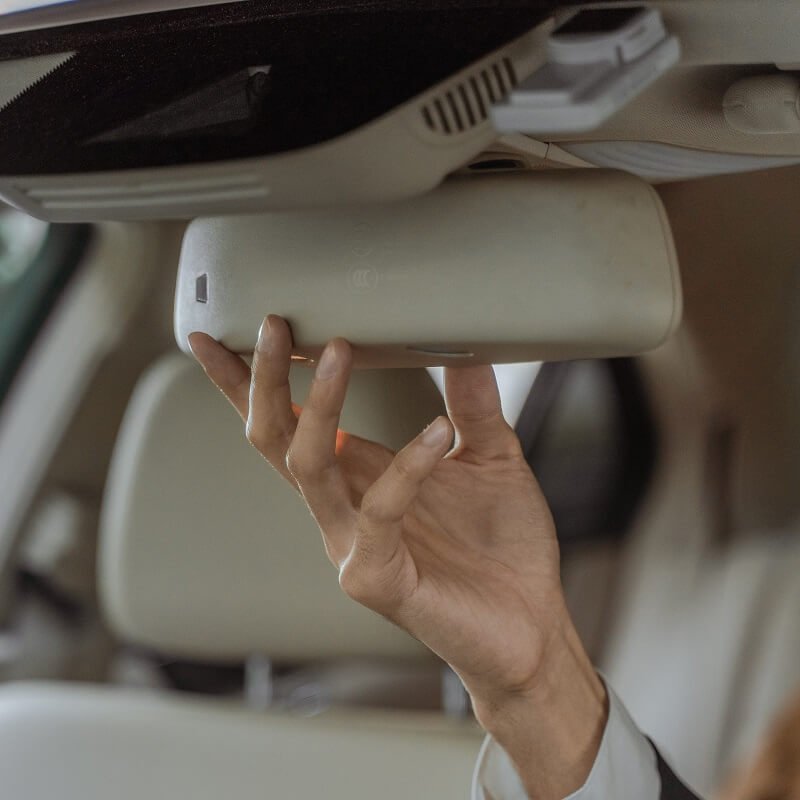—Anna, 10th Nov. 2022
Driving is one hell of a task, especially in extreme weather like snowy winters with icy roads. In winter, everything on the road gets more challenging to handle. Too much snow, ice, and fog on the road make it difficult for the driver to focus solely on the road. Driving in snow has too many factors to take care of, and it definitely requires skills to drive safely on an icy cold road.
As discussed earlier, driving in snow circumstances could be extremely difficult for drivers and can increase their chances of getting involved in an accident. Keeping this in mind, safe driving in snow is necessary to ensure that you are fully prepared before venturing out on an excursion in the snow.
When driving in hazardous circumstances, it is important to not only be aware of how to equip yourself and your vehicle but also to think about how you might approach the task at hand to make things safe for others on the road.
Why is the Snowy Weather Dangerous?
The cold areas are home to over 70% of all the people in the United States. Snow and ice reduce the friction between the road and vehicles, resulting in reduced speeds, less route occupancy, and an increased chance of collisions. When snow or ice is on the roadway, typical speeds drop by between 30 and 40%.
When there is moderate snow, speeds on highways are lowered by 3 to 13%; when there are blizzard conditions, the same levels are decreased by 5 to 40%. Visibility might be hindered when there is heavy snow or ice. The buildup of snow in the lanes and roads causes a reduction in capacity and a rise in the amount of time needed to travel.
24% of all climate-induced automobile accidents occur on wet, slippery, or icy roads every year, while 15% of vehicle accidents occur during the snowfall season. Every year, car accidents that take place on snowy, wet, or icy roads are responsible for the deaths of over 1,300 persons and injuries to over 116,800 others. Accidents involving motor vehicles that occur when there is snowfall result in up to 900 fatalities and close to 76,000 injuries per year.

How to Drive Safely on a Snowy Road?
Here are a few how to driving in snow tips for driving safely during extreme winters.
Prepare Your Tires
When traveling in icy conditions, having snow tires that are properly suited for the conditions or tire chains may assist in providing you stability on the road. The harsh tread pattern and unique tread materials used in winter tires are designed to improve braking performance in snow and ice conditions. These tires perform very well when mounted on vehicles equipped with either all-wheel driving or four-wheel drive.
You can purchase snow chains rather than a dedicated pair of snow tires if your budget doesn't allow you. Be careful to check the snow chain's specifications before attaching them to your vehicle, and always maintain your tires at the correct level of inflation.
You must be aware of the fact that the pressure in your tires will decrease by around one or two PSI for every 10-degree dip in the ambient temperature. Before getting behind the wheel, it is important to check the pressure in your tires to ensure that your vehicle's steering is not impaired.
Have a Dash Cam Installed
There are multiple things you must do to prepare your vehicle for the winter, but there's not much you can accomplish to assure everybody's complete safety on the road, particularly when people are slipping and slithering all over the place. When a situation like this arises, having a dashboard camera definitely comes in useful. Exclusive dash cameras like REDTIGER will provide you with the video proof you require to demonstrate that the sad incident that occurred was not your fault, should it, God forbid, befall you.
You simply cannot spare having a dashboard camera that is not up to par and records only a hazy and meaningless sight of the road ahead of you. The dash cam manufactured by REDTIGER is useful for driving in severe weather conditions and features capacitors that can withstand severe weather, in contrast to other inexpensive options. REDTIGER T27 and T700 are some of the best mirror dash cams; the good part is that they are on sale right now.
REDTIGER dash cam is the best cold weather dash cam, so if you want to winterize your car, install a dash cam ASAP to avoid any on-road issues. They are available at various price points, so they are also quite pocket-friendly.
Stopping Distance Increases in Snowy Weather
The distance a moving vehicle must travel in order to come to a full stop is referred to as the stopping distance. While you are behind the wheel, you should ensure that you have a sufficient amount of stopping room ahead of you at all times. This applies if there is a sudden traffic halt, which would require you to use the brakes.
However, braking distances may change based on a variety of conditions, including the weather conditions and the pace at which you are traveling.
It is important to remember that the braking distance for a vehicle will be greater when the weather is poor. You won't be able to see as far beyond if there is heavy snowfall; therefore, you should decrease your speed and allow yourself extra time to respond if you're driving in such conditions. Secondly, stopping distances may be approximately 10 times greater on icy or snowy roads and wet conditions.
Have Your Wind Wipers Checked
Ensure that any automatic wiper control is turned off before switching on the engine. If the wipers are stuck to the windshield, switching on the ignition might cause the fuse that powers the wiper controller to explode.
Your windshield wipers must be in excellent operating condition in order for you to be able to clear your windshield adequately. You need your wipers to be in perfect condition during the snowy season. If they are not working properly, you are waiting for an accident to happen.

Do Not Over Speed
As was discussed before, reducing your speed well below legal speed and extending the gap between your car and the vehicle ahead of you can significantly improve your response time. When traveling in heavy snow situations, unforeseen things, such as automobiles driving across ice patches, might happen. Acknowledge that everyone will be traveling at a slower speed than usual, and adjust your travel times appropriately to avoid being late.
Have an Emergency Kit in Your Car at All Times
Ensure that you are ready for anything by stocking your vehicle with the following items in your winter emergency kit. A demisting pad, a torch with extra batteries, a high-visibility jacket to make you noticeable in the incident that your vehicle breaks down, an extra pair of winter clothes or a blanket to keep you cozy and warm, something to eat and drink (Keep extra water bottles) backup screen wash, de-icer spray, ice scraper, a shovel, an extra piece of carpet to use in case your tires get badly stuck on the snowy road.
Avoid Steep or Hilly Areas
Hills provide difficulties not just for novice drivers learning to operate a manual gearbox or for driving in the snow but also for experienced drivers who are trying to maintain their level of efficiency in the face of exceptionally difficult driving conditions.
Driving too quickly up a slope might force your tires to spin out of control if you drive too rapidly. You would also slip backward if you halt on a slope while you are driving. If you're planning to be climbing a high hill, you need to ensure that you have sufficient inertia to do so and that you will not be forced to halt anywhere along the way.
It is best to reroute your journeys so that you minimize steep or hilly areas, but if this is not possible, you should at least make sure to be well-equipped.
Avoid Braking if the Car is Skidding
When driving in snow and ice, a significant number of individuals may, at some point or another, experience skidding. You should never apply the brakes if you see that your vehicle is beginning to slide. To go where you would like to go, you need to remove your foot from the gas pedal and turn the steering wheel in that direction.
As you come to a stop, the grip on your tires will return. When your vehicle is moving in a horizontal path and coming to a halt, softly push on the brake pedal till your anti-lock braking system activates and vibrates the brake pedal. Continue to do this until your vehicle comes to a complete stop. For vehicles that do not have ABS, gently press the brake pedal. In this scenario, the likelihood of you getting involved in a crash is minimal if you were driving at a speed that was appropriate for the conditions and if you kept a secure distance between vehicles.
Things to Remember Before Beginning Your Journey
· Before you set off on your trip, you should familiarize yourself with the path in front of you and ensure that you will have sufficient time to accomplish your objective. Review the local forecast and the latest traffic information in order to plan ahead for any possible delays. When mapping out your trip, prioritize main roads because they are far more likely to have snow removed and grit applied to them.
· When you go behind the wheel, ensure that all the windows, lights, indicators, and top of your vehicle are free of snow. It is risky to drive with snow covering your vehicle, and it may even be against the law. For instance, snowflakes might fly off of your car and block the eyesight of other motorists on the road.
· When you are getting ready to drive the vehicle, make sure that you are wearing footwear that is both comfortable and dry. If you carry snow inside the vehicle, it will melt and create water puddles, which will make the pedals slippery and difficult to use. It is best to leave the snow outside the vehicle.
· Before beginning the drive, you need first make a stop at the filling station closest to you to fill up your tank with petrol.
· Fill the tank for the windshield washer fluid with antifreeze that has a high concentration so that the fluid does not freeze. Additionally, the inside of the windshield will require demisting. It is illegal to operate a car if you cannot see out of all of your vehicle's windows.
· Assemble a roadside assistance kit that includes spare clothes, food, and beverages, as well as a flashlight, and store it in your vehicle in case your vehicle breaks down. As mentioned earlier, a high-visibility jacket, a caution triangle, and basic aid supplies are all useful items to have in this compartment.
· Keep a good set of sunglasses on hand to protect your eyes from the brightness caused by the low winter light reflecting off of the snow. Also, make sure your cell phone is charged up and has the contact information for a roadside assistance service programmed into it so that you can get help right away.

Conclusion
Driving during the winter presents a number of risks. You will be prepared for the majority of the challenges that you will face if you adhere to the guidance provided for you here. If you want to avoid getting into an accident this winter, taking additional safety measures is the best way to do it.
Avoid overspeeding, install a REDTIGER dash cam, and prepare an emergency kit just in case with all the important things mentioned in the guide. Make a proper plan before your journey, as it takes time during the cold weather because you have to clean your pathway and car; use de-icer spray on your windshield so that everything is visible.





Leave a comment
All comments are moderated before being published.
This site is protected by hCaptcha and the hCaptcha Privacy Policy and Terms of Service apply.